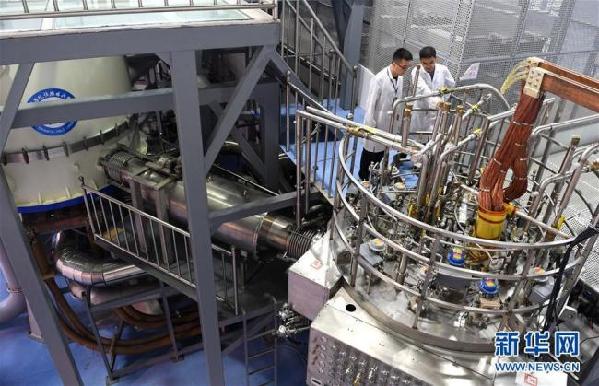The Ministry of Environmental Protection has dismissed claims that China’s tough measures to rein in pollution, including environmental inspections and factory closures, have dampened industrial production and pushed up prices of industrial products.
Scheaffler, a German company that makes bearings and precision components for the auto industry, estimated last week that the closure of its Shanghai supplier for pollution violations had cost the industry about 300 billion yuan ($45 billion).
Some have claimed the company’s statement shows that the nation’s strict pollution controls were harming economic growth.
That allegation was dismissed on Wednesday by Cui Shuhong, director of environmental impact assessments for the ministry, who insisted that supply and demand are still the main factors that dictate market prices.
Any statement that directly blames rising product prices on environmental protection measures “only rattles the market”, he said, adding that economic data from several cities prove that claims of a slowdown based on Scheaffler’s financial estimates are groundless.
In the first eight months, the added value of companies with annual revenue over 20 million yuan increased 6.7 percent year-on-year, while the national unemployment rate in the second quarter hit its lowest level since 2008. Both figures indicate steady growth, Cui said.
In addition, official data show that the 15 provincial areas visited by high-level environmental inspectors this year saw greater growth among companies with annual revenues over 20 million yuan than for such companies in the 16 regions that were not inspected.
“The output of iron and steel, nonferrous metals, glass and cardboard in the regions visited increased faster than the national average,” Cui said, adding that the data show the inspection did not affect industrial production.
“The stricter controls to combat pollution will phase out polluting companies – which disrupt the market order by not having the necessary equipment to reduce pollution – and promote healthy economic growth,” he said. “So it protects the environment and public health.”
The crackdown on polluters in Xingtai, Hebei province – which has been one of the worst cities for smog since 2013 – has improved the air quality, and the city’s economic growth is now ranked No 1 among the 11 big cities in the province.
Meanwhile, Jining, a large coal consumer in Shandong that relies on heavy industry, has shut down many polluting companies, yet the industrial output and revenue increased much faster than the provincial average in the first seven months.
Cui said the two cities demonstrate that healthy and faster economic growth can happen along with an improved environment and other cities should follow their example.
